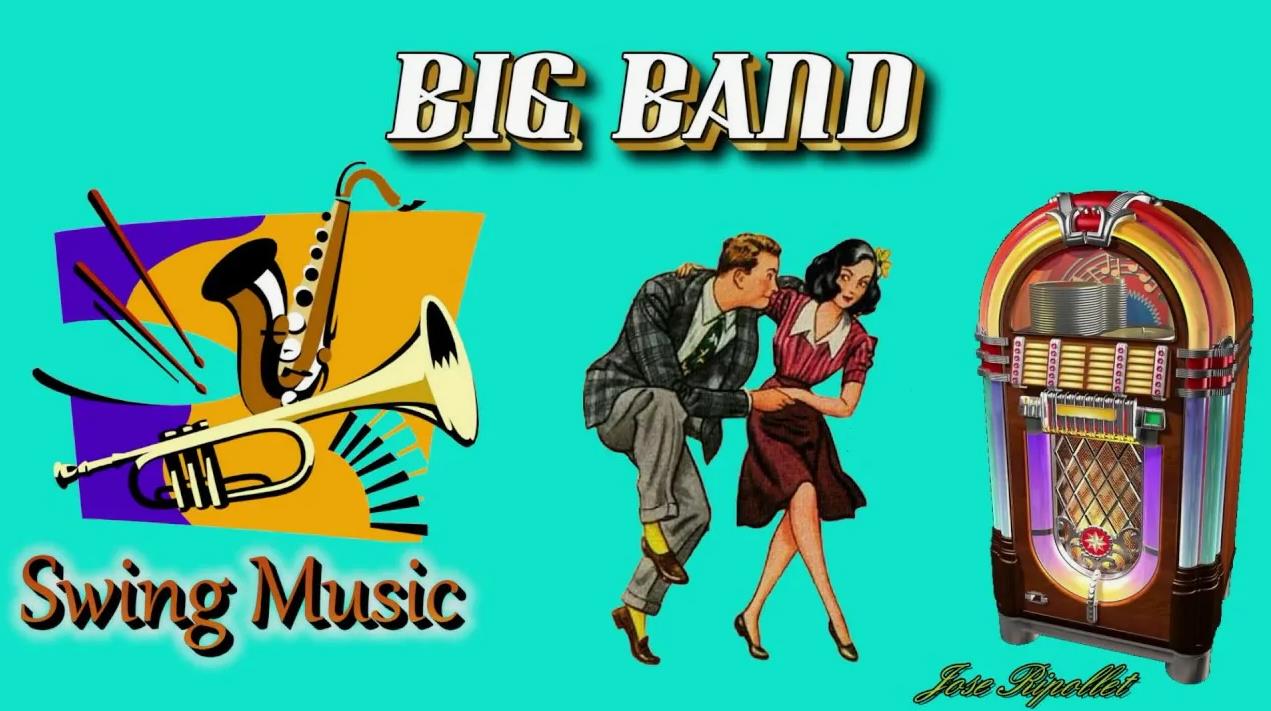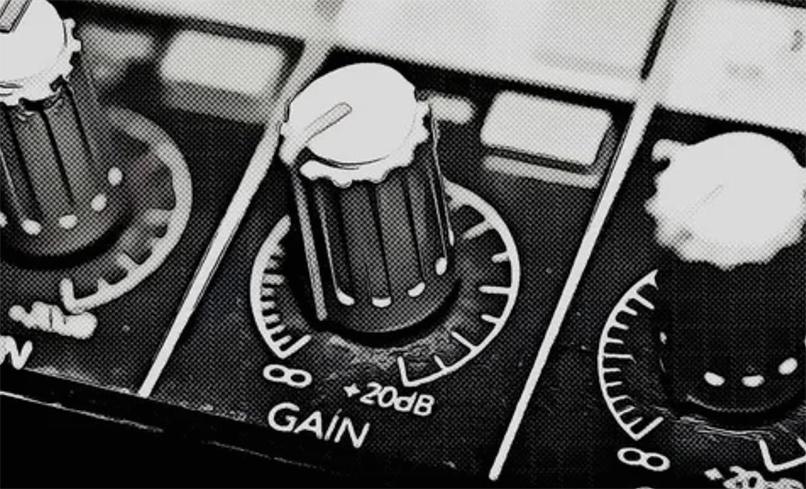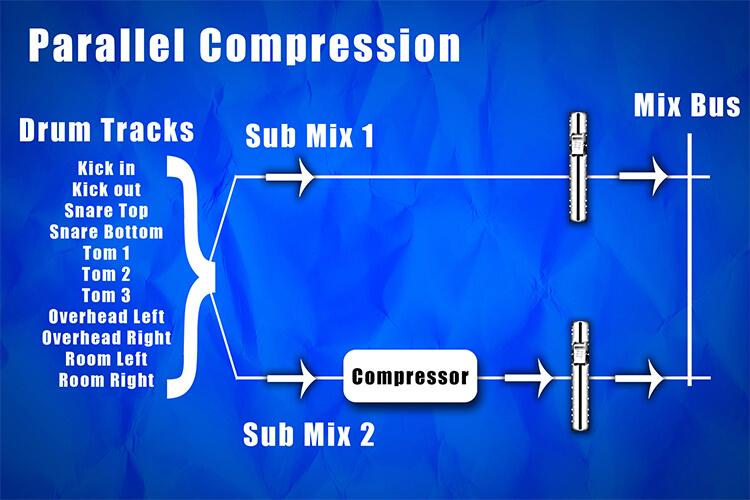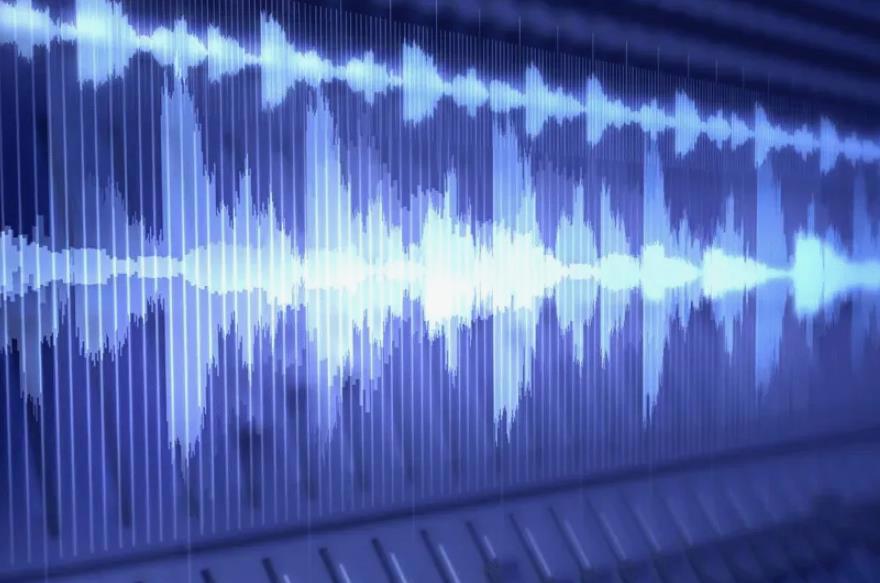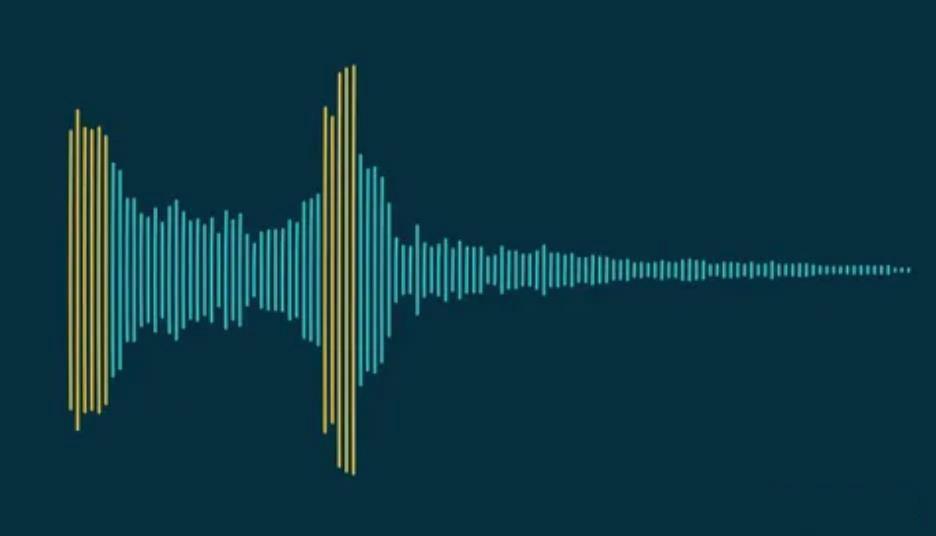What is Amapiano music

In a world where trends shift at lightning speed, music remains one of those art forms that can instantly grab your attention and evoke emotions without needing you to understand the lyrics. It’s all about the vibe and the feelings that arise when you listen.
A great example of this is the genre Amapiano. You might have already heard it at parties or stumbled upon it in random playlists. If you’re unfamiliar with the name, you’re probably curious about its connection to the word “piano.”
Amapiano, which translates to “piano” from Zulu, is a subgenre of house music that has literally taken the global music scene by storm, winning over music lovers everywhere. This genre captivates with its unique blend of deep house, jazzy chords, and lounge elements, all enhanced by soft synths and rich basslines. While the name might make you think of a traditional piano, it’s the piano melodies that truly give Amapiano its distinct atmosphere.
Amapiano is more than just music—it’s a whole culture, filled with energy and rhythms that draw you in and keep you hooked until the very last beat.
Origin of Amapiano
In the early 2010s, a new musical genre emerged from the townships of South Africa, blending the rhythms of house music with the energy of kwaito and the smooth melodies of jazz. This fresh sound, rooted in African house music, became known as Amapiano.
The name “Amapiano” comes from the Zulu word for “piano,” highlighting the genre’s signature piano melodies. Key features of Amapiano include rhythmic piano riffs, deep basslines, and a smooth, laid-back tempo. While Amapiano was initially created as dance music, producers often incorporate vocal hooks and full songs, making it even more expressive and appealing to a wider audience.
Pretoria and its surrounding areas became the epicenter for the birth and growth of Amapiano. It was here that local musicians and producers began experimenting with sounds that eventually shaped the genre into what it is today. You could say Pretoria is the voice of Amapiano, as the genre’s journey started in this city.
Although it’s hard to pinpoint the exact origins of Amapiano, key figures like Kabza De Small, DJ Maphorisa, and Vigro Deep played a major role in its development. These artists not only helped bring Amapiano to the mainstream but also became innovators, constantly pushing the genre forward and opening new doors for a global audience.
Let’s dive into the history of Amapiano and trace its rise against the backdrop of South Africa’s musical evolution. After the end of apartheid, the South African music scene saw the emergence of Kwaito—a unique subgenre of house music born in Johannesburg. Known for its captivating melodies, vocal hooks, rhythmic drum samples, and deep basslines, Kwaito was heavily influenced by the country’s historical and social changes. This gave the music a distinct blend of energy and melancholy that resonated deeply with the South African audience.
As time went on, in the early 2000s, Kwaito evolved into Afro House, a genre that kept many of its predecessor’s elements but introduced deeper, more tribal basslines. Afro House quickly gained popularity not only in Africa but also in Europe—especially in the Netherlands—and the Middle East, thanks to its powerful rhythms and infectious energy.
Then, by the late 2010s, Amapiano burst onto the scene. By 2019, the genre had captured the hearts of listeners across Africa and soon became a global phenomenon. In the UK and other parts of Europe, Amapiano rapidly became the soundtrack to summer parties. Whether it’s a laid-back rooftop gathering or a lively night out at the club, Amapiano instantly creates a vibe that pulls everyone into its groove.
One of the genre’s defining moments was the launch of AMA Fest in 2021. This event became the largest festival dedicated to Amapiano, featuring artists like Mr. Jazziq, TxC, Cassper Nyovest, and DBN GOGO. AMA Fest not only celebrates South African music but also helps expand its reach to audiences worldwide.
As DJ Maphorisa has noted, Amapiano remains deeply rooted in South African culture, honoring the country’s language and heritage. Even though many of the lyrics aren’t in English, the music speaks to people globally, connecting them through its rhythms and melodies.
The genre continues to evolve, opening up new horizons and strengthening cultural ties through music, promising an even brighter future for Amapiano and its fans.
Subgenres and Fusions
Afropiano
Afropiano, also known as Nigerian Amapiano, is a fusion of Afrobeats and Amapiano that started gaining traction in the early 2020s. Producers Clemzy and LAX are credited as the pioneers of the genre. This subgenre quickly caught the attention of music lovers due to its unique blend of infectious rhythms that bring together the smooth grooves of Amapiano with the energetic beats of Afrobeats.
Bique
Bique is a genre defined by its distinctive “log drum” sound, originating from Mozambique, hence its name. The genre has made a splash thanks to its unconventional sound, featured in tracks like “Ize (Bique Mix)” by ZanTen and DJ SOL K, as well as “Bique (Deep Groove)” by Jay Music. The raw and earthy rhythm of Bique gives it a unique place in the modern African music scene.
Bongopiano
Bongopiano is a fusion of Bongo Flava and Amapiano that emerged in Tanzania during the 2020s. Tanzanian artists like Diamond Platnumz, Marioo, and Harmonize have been key in pioneering this style, producing hit tracks that immediately captivate listeners. The genre combines the energetic vibe of Bongo Flava with the laid-back, melodic flow of Amapiano, creating a fresh sound that’s taken the region by storm.
Gqom 2.0
Gqom 2.0 is an evolution of the popular South African genre Gqom, emerging in the mid-2010s and early 2020s. This version of Gqom incorporates a slower tempo and blends elements from Amapiano, Afro House, and Afrotech, crafting a new, more refined sound. Gqom 2.0 brings a more immersive and atmospheric feel to the dance floors, maintaining the powerful beats that Gqom is known for while adding more depth and complexity.
New Age Bacardi
New Age Bacardi is a fusion of Bacardi and Amapiano that emerged in 2021. This style is characterized by a slower tempo compared to the original Bacardi sound, and its popularity has grown thanks to tracks like “Trust Fund” by Mellow & Sleazy featuring Kabza De Small, Mpura, and Focalistic. The mix of Bacardi’s punchy beats with the smooth, laid-back Amapiano vibe creates a captivating listening experience.
Ojapiano
Ojapiano is a unique fusion of the traditional Igbo instrument Ọjà and Amapiano, originating in Nigeria in the early 2020s. The genre was popularized by Kcee, who is recognized as one of its founders. Other trailblazers in this sound include Snazzy the Optimist and Oxlade. Ojapiano’s blend of traditional Nigerian sounds with modern Amapiano beats creates a rich cultural tapestry that appeals to both local and international audiences.
Popiano
Popiano combines pop music with Amapiano, blending mainstream appeal with the signature elements of Amapiano. A notable example is the track “Overdue” by Kooldrink, DJ Lag, and singer Tyla. Tyla has since been crowned the “Queen of Popiano” due to her influence in shaping the genre. The fusion of pop melodies with Amapiano’s deep basslines and rhythmic patterns creates an accessible yet distinctive sound.
Private School Piano
Also referred to as soulful Amapiano, this style is known for its soft drum patterns, progressive chords, and the use of live instruments such as guitar, saxophone, and trumpet. Kelvin Momo is credited as a pioneer of this genre. Private School Piano offers a more refined and mellow version of Amapiano, creating an intimate and soulful listening experience.
Quantum Sound
Quantum Sound is heavily influenced by the Gqom genre, particularly its signature taxi kick style. This sound is attributed to producers RealShaunMusiq, Sizwe Nineteen, and Nandipha808. Quantum Sound takes the driving force of Gqom and layers it with experimental and futuristic elements, creating a distinct, forward-thinking genre that stands at the cutting edge of African electronic music.
Global Popularity of Amapiano
The worldwide spread of Amapiano can largely be attributed to its viral success on social media platforms like TikTok and Instagram. Dance challenges set to its energetic tracks quickly captured the attention of audiences, and the music, which originated in South Africa, rapidly won over listeners around the globe.
Western producers and artists have also started collaborating with South African musicians, further expanding Amapiano’s influence on the global stage. This cultural and musical exchange has opened doors for new sounds, making Amapiano an integral part of the international music industry.
The Distinct Sound of Amapiano
Amapiano is instantly recognizable for its unique drum patterns and melodic piano lines, creating an atmosphere that blends nostalgia with modern trends. The genre draws on elements of South African musical heritage, giving it cultural depth while remaining relevant through contemporary production techniques.
Many producers share their musical insights online, offering sample packs for those looking to incorporate Amapiano elements into their own tracks. These packs help musicians craft rhythmic compositions with atmospheric synths and expressive basslines, preserving the genre’s essence.
Conclusion on Amapiano
Amapiano has become a staple of the modern music landscape, influencing both nightlife and global music trends. The genre holds significant cultural value for South Africa, and its popularity continues to rise thanks to international collaborations and creative exchanges. The future of Amapiano promises to be bright and full of innovation, with new musical experiments that will continue to evolve the genre.



